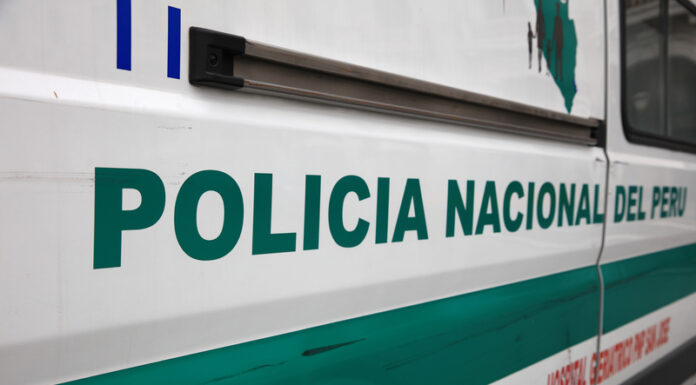Thirteen security guards kidnapped from a prominent gold mine in Peru have been discovered dead after being held hostage for more than a week, signifying a severe escalation in the ongoing violent struggles over mining territories in the region.
The guards, employed by private security firm R&R, were sent by the mining company La Poderosa to confront illegal miners in the mountainous area near Pataz, northern Peru. Instead, these guards were ambushed, abducted, and ultimately killed by what authorities have identified as criminal factions vying for control over lucrative mining zones.
The individuals were captured on April 26, 2025, while addressing encroachments by suspected illegal miners on the company’s land. During their captivity, the captors sent threatening communications to the families of the victims, exacerbating the distressing situation.
Following an intensive search effort, police rescue teams recovered the bodies on Sunday, May 4. Local reports indicate that the security personnel were detained in a mine shaft before being executed.
La Poderosa, a significant gold producer in Peru, issued a statement confirming the deaths and emphasizing the worsening security situation in the region despite governmental intervention. “The spiral of uncontrolled violence in Pataz is occurring despite the declaration of a state of emergency and the presence of a large police contingent which, unfortunately, has not been able to halt the deterioration of security conditions in the area,” the company stated.
The mining company further disclosed that this incident is part of a troubling pattern of violence. Since starting operations in the Pataz region in 1980, La Poderosa claims 39 of its workers (including the 13 from the most recent kidnapping) have been killed by criminal groups competing for control of the profitable gold resources.
This latest incident follows an audacious attack in December 2023, when illegal miners targeted the same Poderosa mine with explosives, resulting in nine fatalities and injuring 15 others. In response, the company increased its security personnel, which proved inadequate in curbing the rising violence.
In Trujillo, Peru, west of Pataz, grieving relatives assembled at the morgue awaiting the remains of their loved ones. Abraham Dominguez, whose son Alexander was among the deceased, voiced the families’ desires for accountability. He told Canal N television they wanted justice, emphasizing that the response should not “just stop here.”
Peru’s Interior Ministry announced the deployment of organized crime investigators to examine the killings and identify those responsible. The ministry stated that law enforcement agents are “fully empowered to use their firearms if the circumstances warrant it,” indicating a potentially more assertive approach to addressing the security crisis.
In response to the massacre, President Dina Boluarte announced a 30-day suspension of mining activities in the Pataz district and plans to establish a military base in the region. Additionally, the government will implement a curfew from 6 p.m. to 6 a.m. to restore order.
Jorge Montoro, Peru’s Mining and Energy Minister, indicated that the 30-day suspension could be extended if necessary.
The crisis in Pataz underscores Peru’s challenges with illegal mining, which has transformed into a vast and violent industry. As one of the world’s leading gold producers, Peru has a unique approach to illegal mining, allowing informal miners to operate with some protections as long as they intend to legalize their operations.
However, critics argue that this policy has inadvertently facilitated the growth of criminal enterprises. Illegal mining has surged as gold prices have risen and new mining techniques have emerged, creating a lawless gold rush that the Peruvian government has struggled to control.
The violence stems from what local security experts call “parqueros” – illegal mining gangs that have become increasingly organized and aggressive in their tactics. These groups have repeatedly targeted La Poderosa’s infrastructure, including destroying high-voltage towers that supply power to the mining operations.
La Poderosa has criticized the government’s enforcement efforts, stating that police have failed to dismantle known illegal mine entrances used as hideouts by criminal groups.
According to Peru’s Energy and Mines Ministry, illegal gold mining has surpassed narcotics trafficking in profitability. Angela Grossheim, the head of the mining industry group SNMPE, has expressed concerns that formal mining is currently under significant threat. She also highlighted that illegal mining has become the nation’s most pressing illicit activity, surpassing even drug trafficking.
The recent killings have sent shockwaves through Peru’s crucial mining sector, which serves as a backbone of the national economy. With rising gold prices attracting more criminal elements to the industry, security costs for legitimate mining operations have significantly increased.
As Peru continues to grapple with this complex crisis, the victims’ families await justice, while the mining industry and government search for effective solutions to protect workers and restore safety to the gold-rich regions vital to the nation’s prosperity.








